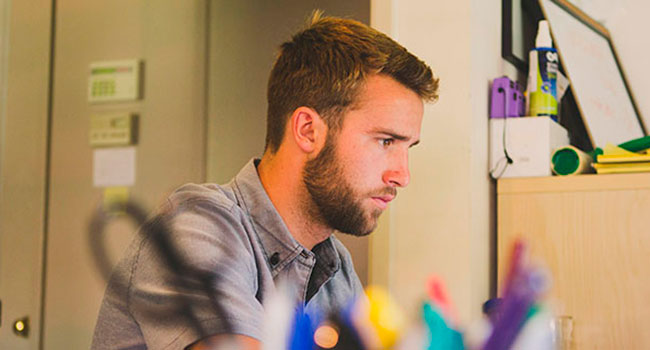 Human capital enables us to develop or make use of all other forms of capital.
Human capital enables us to develop or make use of all other forms of capital.
There are several kinds of capital. Mentioned most often are investments in buildings, machinery, equipment and infrastructure that enable us to be productive, and the financial assets that represent them.
Natural capital is now getting more attention – that’s the air, water and soil, and their outputs like food and forests that we so depend on.
Human capital is found in the skills, abilities, knowledge and experience we bring to our work and lives. Although much is generated by formal education and training, informal learning (the school of hard knocks) also adds to human capital.
One big advantage of human capital was noted by Benjamin Franklin. “If a man empties his purse into his head, no man can take it away from him.”
Although we would now use more gender-inclusive language, this statement is still very true. We can lose our money, our property, our family and our freedom, but we will still have the knowledge and abilities that have been tucked carefully into our brains.
How human capital is turning our economic system on its head by Robert McGarvey
Is this human capital now threatened by ever-advancing digital technology like machine learning and artificial intelligence (AI)?
Before the industrial revolution, one’s physical strength was sufficient to earn a living. Then mechanical technologies took over. Now, if all you have is a strong back, it’s very difficult, especially in advanced societies, to make a living. Physical strength alone now rarely provides a good living.
We now see the industrial revolution as a good thing. No longer do people need to work like mindless beasts of burden. Instead, there have been investments in human capital in the form of general literacy and basic schooling. This has resulted in more productivity, easier lives and an unimagined increase in the standard of living of the average person.
The industrial revolution meant people advanced, operating machines in factories and adding machines in offices.
And now, far from making our brains redundant, digital technology can further greatly improve our work lives, freeing us from those jobs.
As noted in research done by Accenture Strategy, job structure is changing beyond recognition. Digitization is taking over all routine work, mental and physical. People are no longer being hired to do one or more fixed tasks under a boss. The hierarchical structure of work is disappearing.
Completing projects, whether in a firm or in the gig economy, will be the way we earn our livings in the future. We will have a high degree of freedom in how we undertake our projects and with whom we work. Digital resources will allow us to access and apply information, contact others and control physical assets.
The value we add will be in the creative ways we use these new tools to generate new ideas and outputs, and to solve old problems. Our work will be exciting and challenging. To do it we will need all the human capital we can acquire. Lifelong learning will be the norm as our increasing knowledge and abilities leapfrog with ever-advancing technologies.
This ongoing and exciting learning means we will no longer get the sinking feeling on Sunday night about facing another dreary week in a dull job. We will be keeping our minds sharp and our brains active.
Being in a unending race with technology might sound scary. Those whose attitude to work includes ideas like “they don’t pay me to think” or “tell me what to do and I’ll do it” will no longer be able to leave their brains at home when they go to work.
But if we make the effort and invest in our human capital, we’ll be able to make the most of our uniquely human capacities in the digitized world.
Troy Media columnist Roslyn Kunin is a consulting economist and speaker.
For interview requests, click here. You must be a Troy Media Marketplace media subscriber to access our Sourcebook.
The views, opinions and positions expressed by columnists and contributors are the author’s alone. They do not inherently or expressly reflect the views, opinions and/or positions of our publication.


